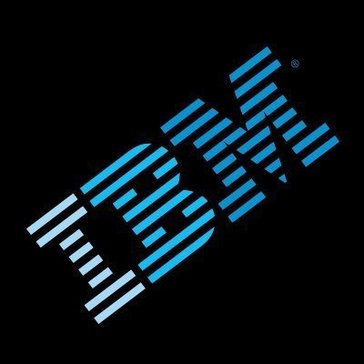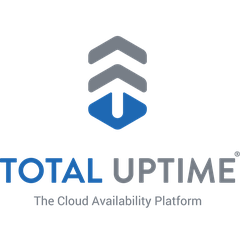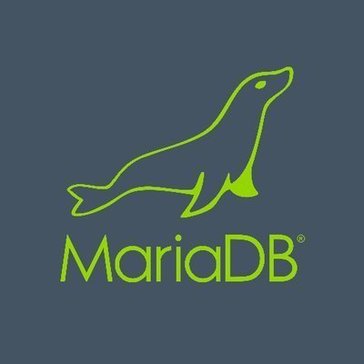
F5 Global Server Load Balancing (GSLB)
F5 Global Server Load Balancing (GSLB) enhances application reliability and performance by intelligently managing global traffic. It connects users to the nearest, highest-performing data center, adapting to network conditions and ensuring continuous access. With robust monitoring and policy-driven routing, GSLB optimizes user experiences while safeguarding application availability across diverse environments.
Top F5 Global Server Load Balancing (GSLB) Alternatives
Oracle Cloud Infrastructure Load Balancing
Oracle Cloud Infrastructure Load Balancing efficiently distributes web traffic across multiple servers, enhancing application availability and fault tolerance.
IBM Load Balancer
The IBM Load Balancer efficiently distributes Layer 4 and Layer 7 traffic across multiple server instances, enhancing application performance and reliability.
Total Uptime Cloud Load Balancer
The Total Uptime Cloud Load Balancer enhances application availability and performance while integrating seamlessly with any cloud or device.
VMware Avi Load Balancer
The VMware Avi Load Balancer enhances application delivery through advanced software-defined load balancing, web application firewalls, and container ingress services, suitable for any architecture.
traefik
Designed for DevOps and Platform Engineers, Traefik's Runtime Platform offers cloud-native, GitOps-driven solutions.
HAProxy Enterprise Edition
HAProxy Enterprise Edition offers an advanced software load balancing solution with robust features tailored for enterprise environments.
Barracuda Load Balancer ADC
It features advanced Layer 4 and Layer 7 load balancing, SSL offloading, and global server...
MariaDB MaxScale
It facilitates intelligent query routing and adaptive load balancing, ensuring seamless application performance...
Load Balancer ADC
It features global server load balancing for enhanced availability across geographies, robust application security against...
LiteSpeed Load Balancer
It integrates seamlessly with LiteSpeed Web Server and LSCache for WordPress, providing efficient caching, HTTP/3...
Control-M for Mainframe
It consolidates scheduling across mainframe, distributed systems, and cloud environments into a unified interface, enhancing...
vThunder
Leveraging AI for bot detection, it integrates application security, load balancing, and centralized management...
Azure Application Gateway
With support for SSL offloading, cookie-based session affinity, and robust traffic management, it effectively protects...
Loadbalancer.org Enterprise VA R20
With built-in WAF and GSLB, it ensures reliability and security...
NGINX Plus
With features like API security, load balancing, and integrated WAF protection, it streamlines app delivery...
Top F5 Global Server Load Balancing (GSLB) Features
- Intelligent global traffic management
- Multi-cloud networking capabilities
- Geolocation-based traffic routing
- Real-time app health monitoring
- DNS management simplification
- Enhanced disaster recovery options
- Customizable traffic distribution policies
- Integration with major cloud providers
- API security advancements
- Bot defense mechanisms
- High availability for applications
- Performance optimization across deployments
- Seamless app delivery management
- Tailored enterprise capabilities
- Insights and guidance for optimization
- Local Traffic Manager integration
- Consistency across cloud environments
- Enhanced user experience focus
- Global resiliency features
- Variable consumption options
Top F5 Global Server Load Balancing (GSLB) Alternatives
- Oracle Cloud Infrastructure Load Balancing
- IBM Load Balancer
- Total Uptime Cloud Load Balancer
- VMware Avi Load Balancer
- traefik
- HAProxy Enterprise Edition
- Barracuda Load Balancer ADC
- MariaDB MaxScale
- Load Balancer ADC
- LiteSpeed Load Balancer
- Control-M for Mainframe
- vThunder
- Azure Application Gateway
- Loadbalancer.org Enterprise VA R20
- NGINX Plus














